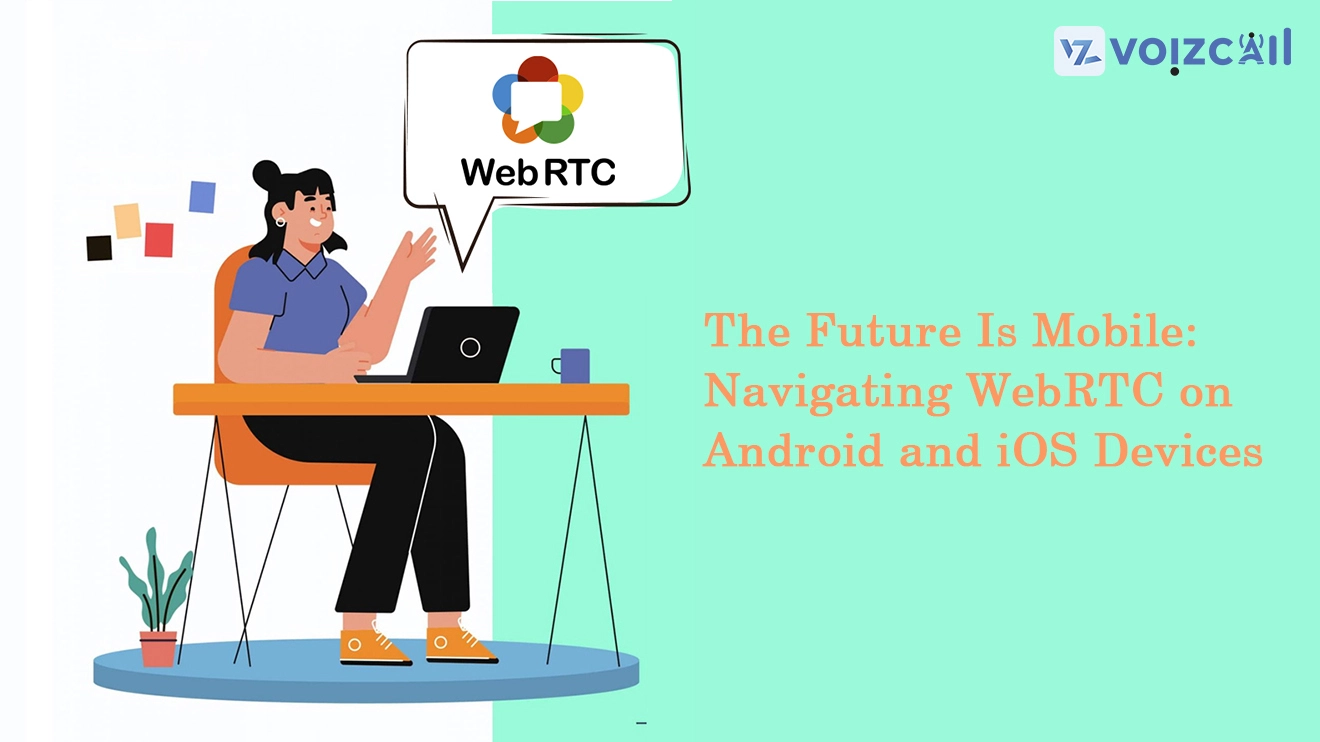


03/Jan/2024
In an era where mobility is paramount, the integration of WebRTC (Web Real-Time Communication) on Android and iOS devices heralds a transformative shift in the landscape of mobile communication.
WebRTC, known for its browser-based communication capabilities, has seamlessly extended its reach to the mobile domain, empowering users on both Android and iOS platforms to navigate an evolving realm of enhanced connectivity and advanced real-time interactions.
The incorporation of WebRTC on mobile devices brings forth a multitude of advantages. Users can engage in high-quality audio and video calls directly from their mobile browsers, eliminating the need for standalone communication apps. This not only simplifies the user experience but also ensures a seamless and reliable connection, regardless of the device or platform.
What sets the navigation of WebRTC on Android and iOS apart is its adaptability and versatility. It goes beyond traditional voice calls, offering users a richer communication experience. Video calls become more accessible, collaborative tools seamlessly integrate into the mobile workflow, and the overall communication landscape is elevated to a new level.
Furthermore, WebRTC on mobile leverages the unique capabilities of these platforms. Features such as location awareness and responsive design ensure that the user experience is finely tuned to the specific attributes of Android and iOS devices, providing a dynamic and adaptive interface.
As we usher in the future of mobile communication, the integration of WebRTC on Android and iOS devices emerges as a driving force. It propels us towards a more connected, collaborative, and accessible world, redefining the boundaries of real-time communication through the power and convenience of our mobile devices. The static models of communication are giving way to dynamic, browser-based interactions, offering users unprecedented flexibility and freedom on the go.